Can Dogs Eat Jelly? The Sweet Truth About Sugar, Xylitol & Why Vets Say No!
- 16 Apr 2025 10:31
Jelly and jam, those sweet, fruity spreads often paired with toast or peanut butter, are common staples in many kitchens. Seeing that glistening dollop might make you wonder, especially if your dog seems interested, "can dogs eat jelly?" Perhaps a small lick wouldn't hurt? Despite its seemingly innocent, fruit-based nature, the answer from veterinarians and canine nutrition experts is a firm **NO**. Standard jelly and jam are packed with sugar and potentially contain extremely toxic ingredients like xylitol or unsafe fruits, making them an unhealthy and dangerous choice for dogs.
This comprehensive guide, adhering to E-E-A-T (Expertise, Authoritativeness, Trustworthiness) principles and based on veterinary knowledge, will explore exactly why jelly and jam are unsuitable for canine consumption. We'll break down the ingredients, highlight the severe risks associated with sugar and artificial sweeteners, discuss potential fruit toxicity, and recommend safe, healthy alternatives for your beloved pet.
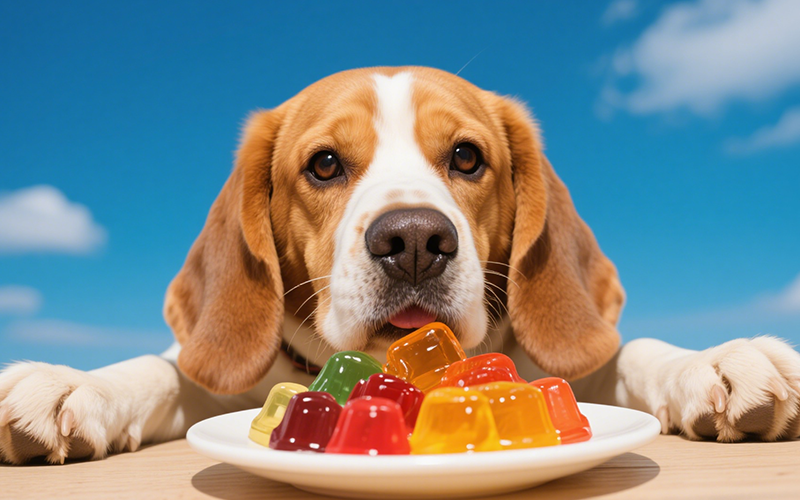
What's Really in Jelly and Jam?
While recipes vary, traditional jelly and jam typically contain:
Fruit (or Fruit Juice for Jelly): Provides the base flavor.
Sugar (or other sweeteners): This is usually the **primary ingredient** besides fruit/juice. Sugar acts as a preservative and provides the characteristic sweetness and texture. High fructose corn syrup is also commonly used.
Pectin:** A plant-based gelling agent used to thicken the mixture.
Acid:** Often citric acid or lemon juice, used to help the pectin set and balance sweetness.
Preservatives (Sometimes):** To extend shelf life.
Artificial Sweeteners (in Sugar-Free Varieties):** This is where the deadly danger of **XYLITOL** often lurks.
The extremely high sugar content and the potential presence of toxic ingredients are the main reasons jelly and jam are off-limits for dogs.
Is Jelly Toxic to Dogs? The Xylitol & Grape Dangers
While standard sugar-based jelly isn't instantly poisonous in tiny amounts (though very unhealthy), certain types pose an **immediate and severe toxicity risk:**
Jelly Containing XYLITOL: This is the **MOST CRITICAL DANGER**. Xylitol is an artificial sweetener commonly used in "sugar-free" or "reduced sugar" jellies, jams, peanut butter, candy, gum, and baked goods. It is **EXTREMELY TOXIC** to dogs, even in very small amounts.
The risk of xylitol in sugar-free jelly makes these products exceptionally hazardous for dogs.
Mechanism:** Xylitol causes a rapid, massive release of insulin in dogs, leading to a potentially fatal drop in blood sugar (hypoglycemia) within 10-60 minutes. It can also cause acute liver failure, which is often deadly.
Symptoms:** Hypoglycemia symptoms include vomiting, weakness, lethargy, staggering, incoordination, collapse, and seizures. Liver failure symptoms may develop later.
Action:** Xylitol ingestion is a **critical emergency requiring immediate veterinary intervention.**
Prevalence:** Always assume any sugar-free product *might* contain xylitol unless the label explicitly states otherwise and lists safe alternative sweeteners.
Grape Jelly: Grapes and raisins are **highly toxic** to dogs, known to cause sudden, acute kidney failure. While the exact toxic mechanism isn't fully understood and sensitivity varies, there is no known safe dose. Therefore, grape jelly (made from toxic grapes) is absolutely **unsafe** for dogs.
Beyond these acute toxicities, standard jelly poses significant health risks due to its sugar content.
Health Risks of Standard (Sugar-Based) Jelly for Dogs
Even if the jelly doesn't contain xylitol or grapes, feeding regular jelly or jam is still a bad idea due to:
1. Extreme Sugar Overload
Sugar is typically the first or second ingredient in jelly/jam.
Obesity:** Provides empty calories with no nutritional value, contributing significantly to weight gain and obesity, which shortens lifespan and increases risks of arthritis, diabetes, heart disease, etc.
Dental Disease:** Sugar fuels oral bacteria, leading to plaque, tartar, cavities, gum disease, and tooth loss. Sticky jelly adheres easily to teeth.
Diabetes Risk:** Frequent sugar intake disrupts blood sugar levels and insulin response, potentially contributing to diabetes development or worsening existing cases.
Digestive Upset:** A sudden sugar rush can easily cause vomiting, diarrhea, gas, and abdominal discomfort.
The high sugar content in jelly makes it fundamentally unhealthy for dogs.
2. Lack of Nutritional Value
Jelly and jam offer virtually nothing beneficial for dogs. The minimal vitamins from the fruit are vastly overshadowed by the detrimental effects of the sugar. It's essentially candy.
3. Potential for Unsafe Fruits
While common jelly flavors like strawberry or raspberry use fruits generally safe for dogs (in moderation), some specialty jams might contain fruits with toxic components if pits/seeds aren't properly removed (like cherries - though cyanide risk is mainly from crushed pits).
4. Artificial Colors and Flavors
Many commercial jellies contain artificial additives that offer no benefit and could potentially cause sensitivities in some dogs.
Can Dogs Eat Peanut Butter and Jelly Sandwiches?
Absolutely not. This combination doubles down on the risks:
Jelly:** High sugar (or potentially deadly xylitol). Grape jelly is toxic.
Peanut Butter:** Often high in sugar, salt, and unhealthy fats (hydrogenated oils). Critically, many brands now contain **XYLITOL**. Always check the label! Only plain, unsalted peanut butter *without xylitol* is potentially okay in small amounts.
Bread:** Usually refined white bread, offering low nutritional value.
A PB&J sandwich is an unhealthy and potentially toxic meal for a dog.
"Just a Lick?" Why Even Tiny Amounts Are Discouraged
Tempted to let your dog lick the spoon or have a tiny taste?
Xylitol Risk:** If it's a sugar-free jelly, even a lick could potentially contain enough xylitol to harm a small dog. It's not worth the risk.
Grape Risk:** If it's grape jelly, any amount is too much.
Sugar Hit:** Even a lick of regular jelly is a concentrated dose of pure sugar.
Sets Bad Precedent:** Encourages begging for sugary human foods.
Given the potential for hidden toxins and the inherent unhealthiness, avoiding jelly entirely is the safest approach.
Emergency Action: What To Do If Your Dog Eats Jelly
If your dog gets into jelly, especially sugar-free or grape varieties:
Identify Type & Ingredients:** Immediately check the label. Look for **XYLITOL**, grapes, or high sugar content. Estimate how much was eaten.
Remove Access:** Prevent further consumption.
**Contact Your Veterinarian or Pet Poison Helpline IMMEDIATELY IF:**
You know or suspect **XYLITOL** was ingested (Critical Emergency!).
It was **GRAPE JELLY.**
A large amount of any jelly was consumed.
Your dog is diabetic or has other health issues.
Your dog shows *any* signs of distress: vomiting, diarrhea, weakness, lethargy, staggering, tremors, seizures, collapse (especially relevant for xylitol).
Provide Details:** Inform the vet/helpline about the jelly type, ingredients (especially xylitol/grapes), quantity, time eaten, and your dog's details/symptoms.
Follow Veterinary Advice:** Treatment for xylitol poisoning involves immediate hospitalization, blood sugar monitoring, IV dextrose, liver protectants, and supportive care. Grape toxicity requires decontamination and aggressive IV fluids to support kidney function. Treatment for sugar overload involves managing GI upset. **Do NOT induce vomiting unless explicitly instructed by a vet.**
Knowing what to do if dog eats jelly, especially sugar-free or grape kinds, requires immediate professional contact.
Healthy & Safe Treat Alternatives
Instead of sugary, potentially toxic jelly, offer treats your dog can safely enjoy:
| Treat Option | Why It's Better Than Jelly |
| Jelly / Jam | UNSAFE: High Sugar, Potential Xylitol/Grape Toxicity, Low Nutrition, Dental/Obesity Risk. Avoid. |
| Dog-Safe Fruits (e.g., Blueberries, Strawberries, Apple Slices - no core/seeds) | Natural sugars (feed moderately), vitamins, antioxidants, fiber. No toxic additives. Excellent safe sweet alternative. |
| Dog-Safe Vegetables (e.g., Carrots, Green Beans, Cucumber) | Low calorie, high fiber, vitamins. Safe, healthy, crunchy options. |
| Plain Cooked Lean Meat (Small Pieces) | High-quality protein, highly motivating. No sugar, low fat (if lean), no harmful additives. |
| Plain Unsweetened Yogurt (Tiny Amount) | Probiotics (if live cultures). Check NO xylitol. Use sparingly due to potential lactose intolerance. |
| Commercial Dog Treats (High Quality) | Formulated for dogs. Choose reputable brands, check ingredients, monitor calories. |
Always limit treats to 10% of daily calories.
Need Quick Pet Safety Guidance? PettureX Can Help!
When faced with potential pet poisoning or food safety questions, quick access to reliable information is crucial. The PettureX App offers innovative AI-powered tools for pet parents:
Food & Ingredient Checker: Use image recognition or search features to check general safety information about human foods like jelly and potential toxic ingredients like xylitol.
AI Symptom Analysis: If your pet ingests something harmful, input their symptoms for preliminary AI insights to help guide your response and communication with your vet.
24/7 AI Vet Consultation: Get immediate answers to urgent questions like, "What are the symptoms of xylitol poisoning in dogs?" or seek guidance on managing potential ingestion incidents anytime.
PettureX provides valuable, instant support. Remember, however, that it offers preliminary guidance and **cannot replace professional veterinary diagnosis, treatment, or emergency care.** Always contact your local veterinarian or a pet poison helpline immediately for definitive medical advice in emergencies involving potential toxins.
Conclusion: Jelly is a Definite "No-Go" for Dogs
In conclusion, the answer to "can dogs eat jelly?" is a firm **NO**. This seemingly harmless fruit spread is loaded with sugar and poses significant risks, including potential poisoning from xylitol (in sugar-free versions) or grapes (in grape jelly).
Key Reasons to Avoid Jelly:
Extreme Xylitol Risk in sugar-free varieties (potentially fatal).
Grape Toxicity Risk in grape jelly (can cause kidney failure).
Excessive Sugar Content in regular jelly (risks obesity, dental disease, diabetes, GI upset).
Lack of any significant nutritional value for dogs.
Potential for other harmful additives.
Protect your dog's health by keeping jelly, jam, and other sugary human foods securely out of their reach. Choose safe, healthy, species-appropriate treats to express your affection and support their long-term well-being. When it comes to jelly, the risks are simply too high to justify sharing.
Related
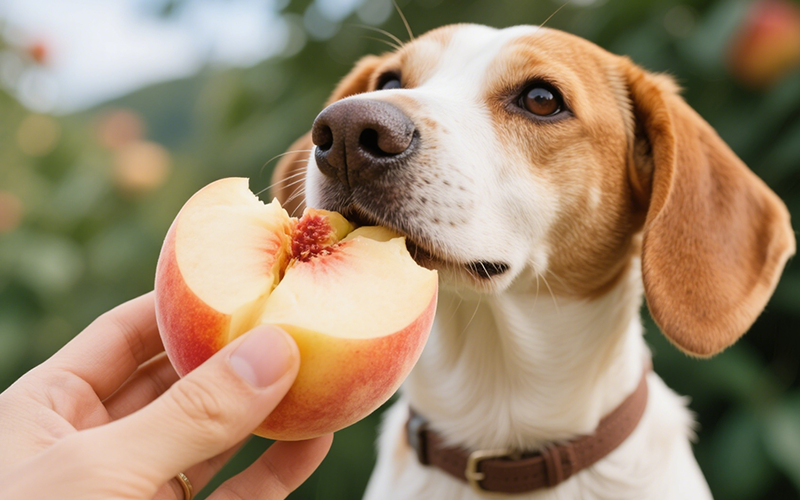
Can Dogs Eat Peaches? Vet Explains Benefits, Cyanide Risks & Safe Serving
- 16 Apr 2025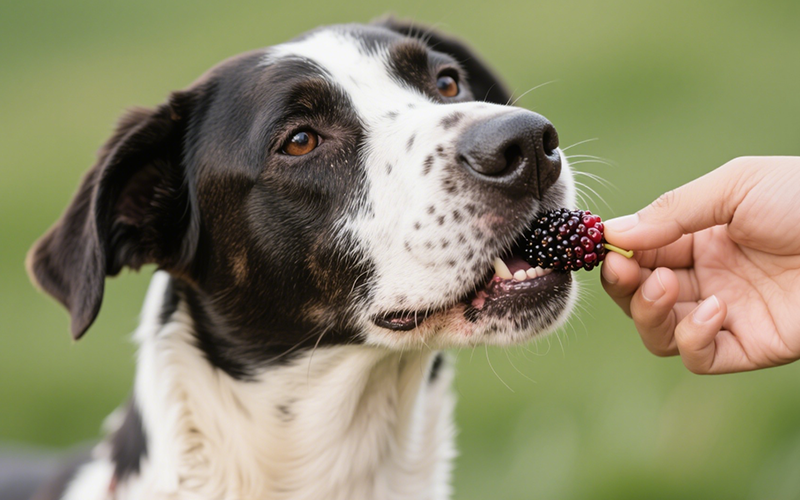
Can Dogs Eat Mulberries? Vet Explains Safety, Benefits & Potential Risks
- 16 Apr 2025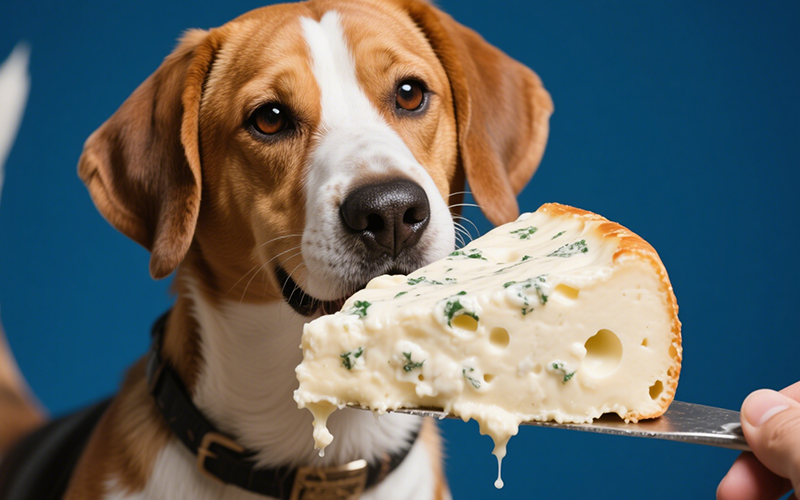
Can Dogs Eat Mozzarella? Vet Explains the Cheesy Truth (Risks & Benefits)
- 16 Apr 2025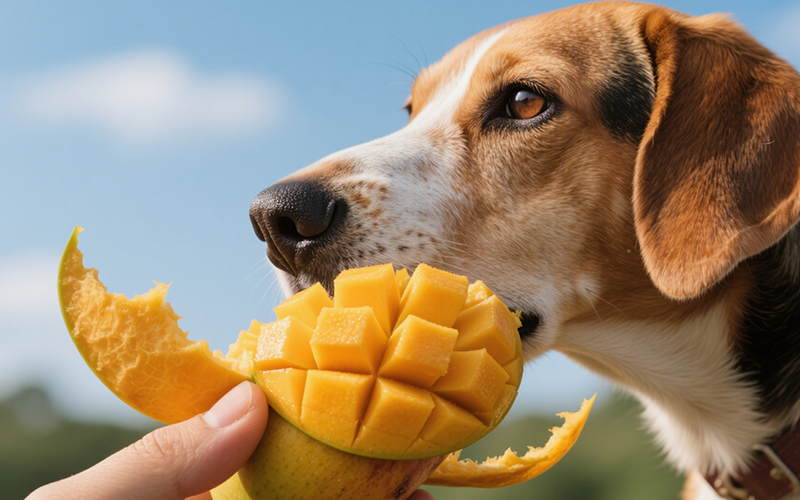
Can Dogs Eat Mango Skin? Vet Explains Why It's a Risky Chew!
- 16 Apr 2025
Can Dogs Eat Maple Syrup? The Sugary Truth & Why Vets Advise Against It
- 16 Apr 2025
Can Dogs Eat Mac n Cheese? Vet Explains Why This Comfort Food Is Unsafe!
- 16 Apr 2025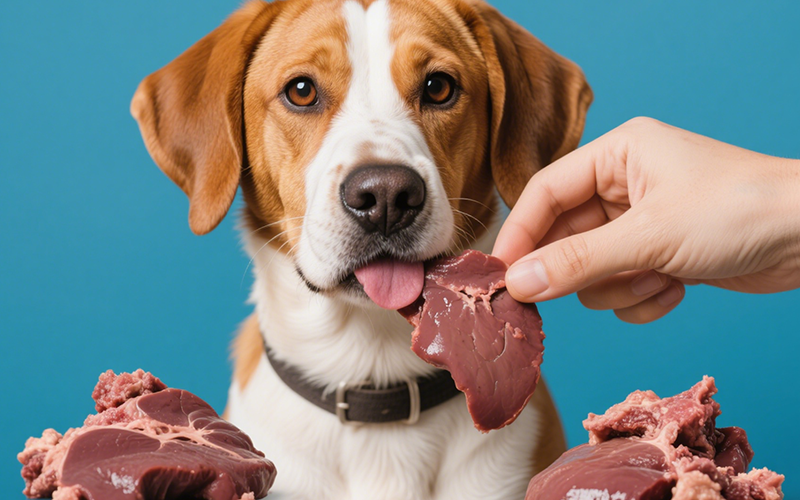
Can Dogs Eat Liver? Vet Guide to This Nutrient-Dense Organ Meat (Benefits & Risks!)
- 16 Apr 2025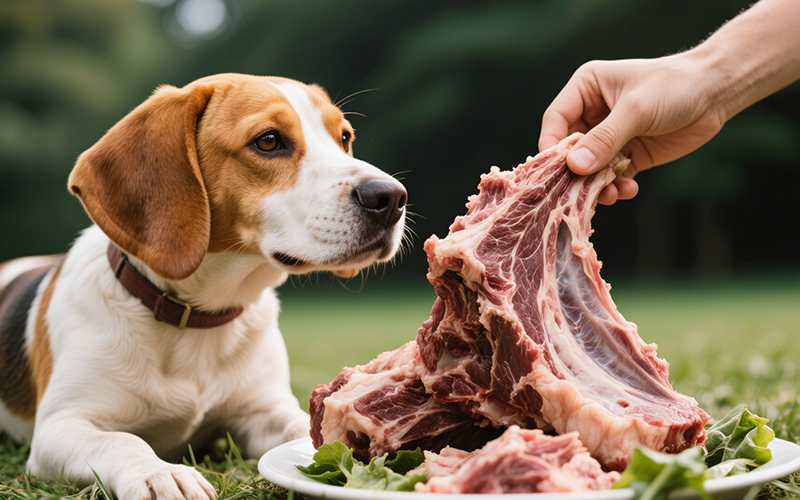
Can Dogs Eat Lamb? Vet Insights on This Nutritious Meat Option
- 16 Apr 2025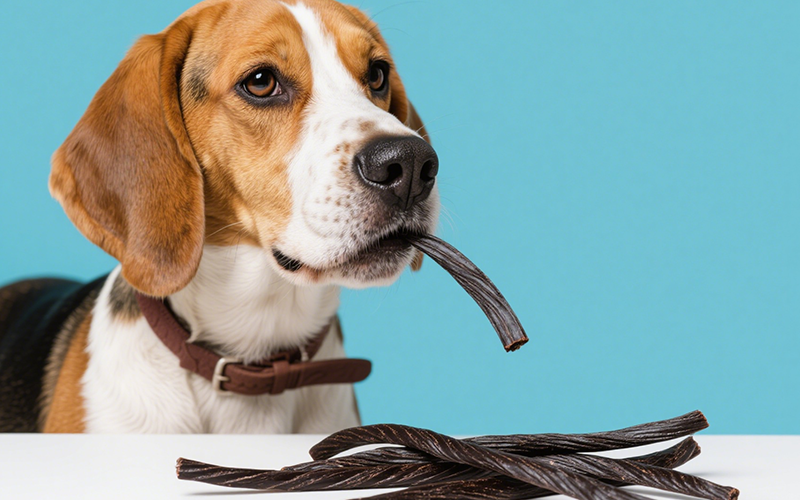
Can Dogs Eat Licorice? The Sweet Danger & Glycyrrhizin Risk Explained by Vets
- 16 Apr 2025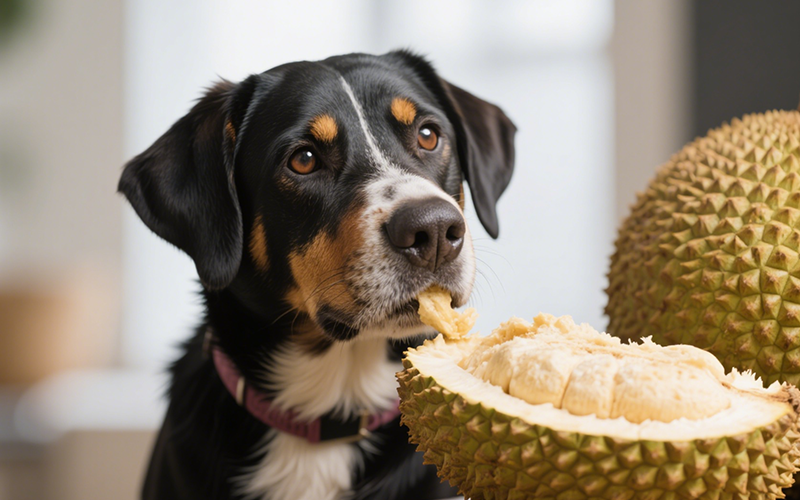
Can Dogs Eat Jackfruit? Vet Explains Potential Risks & Safe Preparation
- 15 Apr 2025
